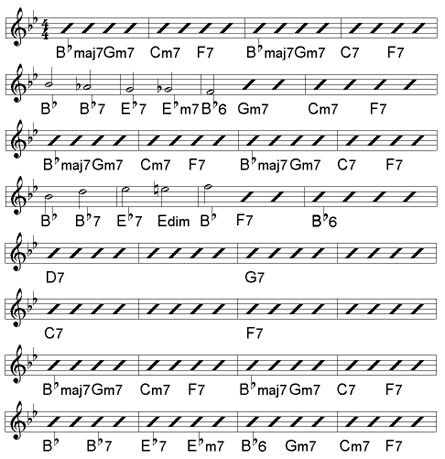History Of Calypso Tents
By the turn of the twentieth century, Carnival’s tents had become a staple of social commentary. A place for enjoyment and a venue for the calypsonians to perform in, tents started to form in the early 1900's. The more established bands began to create areas out of cocoyea branches and bamboo poles for performers to make costumes and practice dances for Carnival. About a decade later, these “tents” became a more popular area to perform. Also, it allowed performers to charge audience members for admittance. Peter Mason, a writer for the guardian and professor at the University of the West Indies in Jamaica, goes into depth about the subject saying in “1921, thanks to calypsonians such as Inventor and Lord Executor, the tents had become so popular that Walter ‘Railway’ Douglas, a first world war veteran and calypsonian, was able to open a much more salubrious tarpaulin-covered venue in Port of Spain’s Duncan Street, with seats, a capacity of 300…proper stage…and an entrance fee.”
This was a beginning of the more permanent auditorium like tents, evolving past the original bamboo models. Like the term “trunk” on cars, tents continued to be known as tents even though they are a far cry from what they were. These new structures allowed for electricity and stages which were quite an upgrade from a roped off areas in the dirt.
This was a beginning of the more permanent auditorium like tents, evolving past the original bamboo models. Like the term “trunk” on cars, tents continued to be known as tents even though they are a far cry from what they were. These new structures allowed for electricity and stages which were quite an upgrade from a roped off areas in the dirt.
Above is a picture of “The Original Old Brigade” tent. (Ermit) This photo is a great example of what tents would have looked like before the Second World War and in comparison to what they look like now is astonishing. Below is a picture of the NAPA (National Academy for the Performing Arts) named after Lord Kitchener, the famed calypsonian.
The venues for calypsonian tents have changed greatly from the introduction of the tents in the 1910s. When the tents first began, calypso was sung in temporary structures erected just for carnival. These structures were often industrial tents, large enough to house both a full stage and many seats for the audience.
Calypso performance in a club.
Calypso performance in an amphitheater.
Calypso performance in a traditional tent.
Modern Soca
Modern Soca music is much different than how it used to be in the past. Soca music in the tent used to be more subtle and light, but now music is more upbeat and jumpy. Traditionally tent music has been more light and intimate, but in recent years has moved to being louder. There used to be live bands, back up singers, and fewer extravagant effects. With modern technology, performers are able to enhance their sets. The bands are now intermixed with recordings or DJs. Artist have back up dancers, flashy lights, and special effects to make their performance have more of an impact. There are uses of things such as pyrotechnics, acrobats, strobe lights, and more. In the two videos here, you can see that the screen in the back is showing the lyrics to what the artist is singing. We can appreciate the music more because is involves even more audience participation.
Credits
Jonna
- Proofreading
- Build Blog
Chase
- Bibliography
- History
Kailee
- Modern Usage
Derek
- Logistics
Dudley, Shannon. Carnival Music in Trinidad: Experiencing Music, Expressing Culture. New York: Oxford UP, 2004.
Emrit, Ronald C. "Calypso 1900 - 1949." Calypso (Trinidad). Best of Trinidad, 2015. Web. 30 Oct. 2016.
Mason, Peter. Bacchanal!: The Carnival Culture of Trinidad. London: Latin America Bureau, 1998.
NH Productions TT. "Machel Montano | Power Soca Monarch Finals 2015 Performance & Winner | HD VIDEO." YouTube. YouTube, 14 Feb. 2015. Web. 30 Oct. 2016.
NHProductionsTT. "Voice - Cheers To Life ( LIVE ) | International Soca Monarch 2016 [ NH PRODUCTIONS TT ]." YouTube. YouTube, 07 Feb. 2016. Web. 30 Oct. 2016.
Roxanne7638. "Kaiso Nobby - Marriage Advice - Calypso Showcase Tent Carnival 2016." YouTube. YouTube, 13 Jan. 2016. Web. 30 Oct. 2016.
StephaniiChase. "Headliners Calypso Tent 2013 Adrian Green Spirit Of The African." YouTube. YouTube, 28 June 2013. Web. 30 Oct. 2016.
"The Lord Kitchener (Aldwyn Roberts) Auditorium - National Academy for the Performing Arts." NAPA. N.p., 2015. Web. 30 Oct. 2016.



